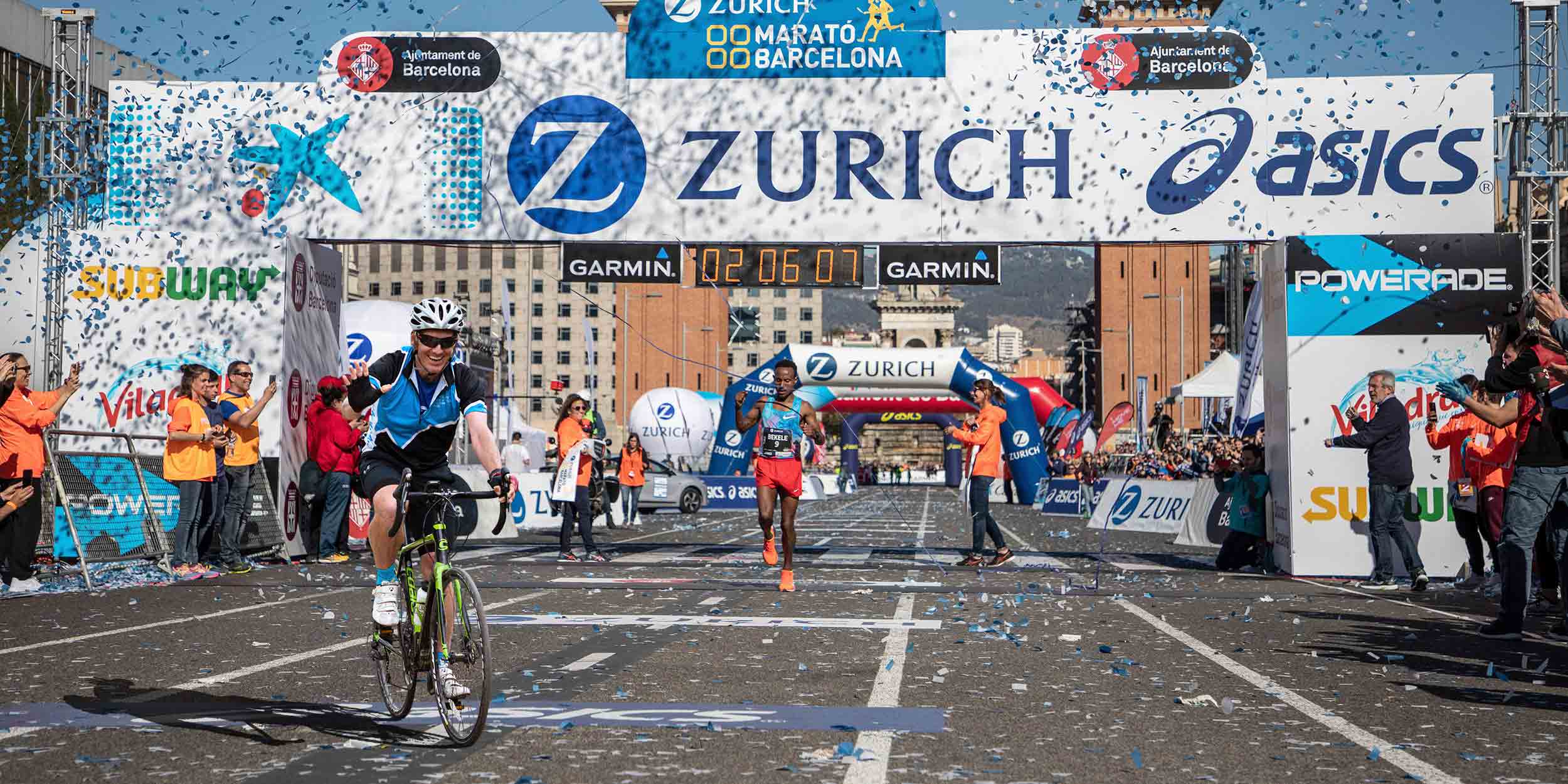What form of exercise is best: running, cycling or walking?
WellbeingArticleMarch 18, 2022
Millions of us love to run, walk and cycle. They are popular forms of exercise that can improve our mental and physical wellbeing. But which activity is best? Let us share our thoughts…
Running, cycling and walking are three of the best and most common choices among exercisers. An estimated 621 million people around the world run?regularly, and some 580 million households have access to a bicycle. And a study found that adults who took part in an activity challenge walked an average of 6,886 steps?per day.
In a recent series of polls by Zurich Insurance Group, with over 2,500 responses, people were asked to choose from these three options and showed a slight bias towards walking and running, reflecting the global data. Maybe this is due to the ease of not needing equipment? Or they could simply be viewed as safer forms of exercise.
All three forms of exercise are good for personal health and all of them have a tiny carbon footprint – important for people wishing to live a more sustainable way of life.
“Back in 2018, we developed a global holistic Wellbeing Framework, with four pillars of mental, physical, social and financial wellbeing, that provides our employees with the tools and resources needed to help them stay healthy and empowered,” says Katja Raithel, Zurich’s Head of Diversity, Inclusion and Wellbeing, a former track and field athlete who now cycles to stay fit.
Exercise and wellbeing
How might the potential benefits of cycling and running (or walking) stack up against each of these four pillars?
Starting with?mental wellbeing, any cyclist will tell you there is a stillness gained from cycling through beautiful countryside, as one respondent said: “it provides such a sense of clarity to my brain, helps my balance and relieves stress.” But running or walking along a beach, or beautiful mountain pass, with just thoughts and the sounds of nature for company, are equally nourishing for the mind. “A good walk can do wonders for your mental wellbeing,” according to Walking for Health, England’s largest network of health walks.
According to the World Health Organization, any form of?physical?activity can reduce the risk of coronary heart disease and stroke, diabetes, hypertension, various types of cancer including colon cancer and breast cancer, as well as depression, and is fundamental to energy balance and weight control. In general, running will burn more calories than cycling, but it can also be more damaging to joints, since it’s a high impact workout, while cycling is lower impact. It is also logistically simpler to run or walk than cycle – especially when travelling away from home.
The relationship between cycling and coffee has intensified in recent years, so it would be hard to argue against the?social?benefits of cycling with friends, whether that is talking while moving or meeting up for coffee and cake, as lots of club cyclists do regularly every weekend. Running with a partner can also be social, although the ease with which a coherent conversation can be maintained will vary depending on your fitness and how hard you are running! Or even how fast your partner is running! Maybe walking has the upper hand here?
The cost of exercise
Financially, cycling, running or walking to work rather than driving, or taking public transport, can save money. Beyond these costs, especially in a world of more remote working and therefore less commuting to the office, savings are also likely by reducing the potential cost of healthcare through a more active lifestyle. Of course, there are initial start-up costs which can be significant, especially for cycling, but it is still likely to save money in the long term. A pair of good quality running or walking shoes and appropriate clothing are far less expensive, although it is worth keeping in mind that if, or even when, the running bug bites, and dreams of completing one or more of the six major marathons around the world emerge, the associated cost of running can rapidly escalate!
“Fitness trackers and apps are making the benefits of a healthy lifestyle both more personal and more social. Running and cycling are two sports that have benefitted massively in this regard. It is an exciting time to be involved in this area and leading the thinking into how we can embed all four health pillars into every personal experience, meeting people wherever they are on their own journey,” says Helene Westerlind, CEO of LiveWell by Zurich, who combines ‘power walks’ with ‘power talks’ as a new concept for meetings on the move!
So, after all of that, does one form of exercise have advantages over the others? The polls and arguments weren’t completely conclusive, they can all have a positive impact on the four pillars, and they are all good for the environment.
Maybe as a respondent to our poll stated: “One sport is not enough – triathlon!” But that is a different story…in the meantime why not just try running, cycling or walking outside and see how you feel.



